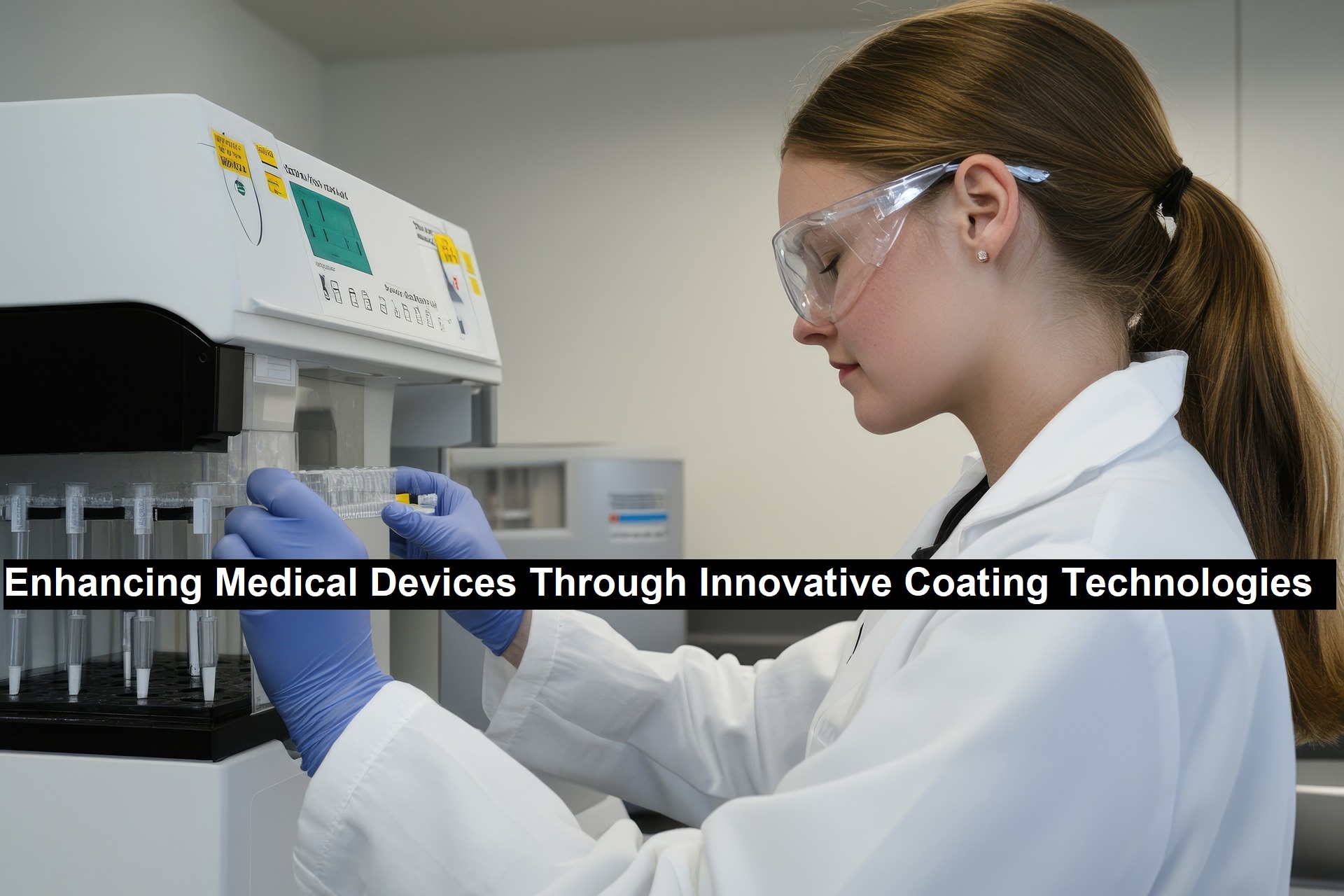Enhancing Medical Devices Through Innovative Coating Technologies
The rapid evolution of medical devices is significantly influenced by cutting-edge coating technologies that improve both performance and safety in ways that were previously unimaginable. These advanced coatings serve more than just protective functions; they are instrumental in addressing critical healthcare challenges. By reducing infection risks, enhancing patient comfort, and prolonging the life of medical devices and components, these coatings deliver numerous advantages.
A major benefit of these coatings is their ability to minimize friction, which is essential for devices that interact with delicate tissues. For instance, low-friction hydrophobic coatings applied to guidewires, needles, and catheters allow for smoother insertion and maneuverability within the body. This reduction in friction not only decreases tissue trauma but also makes procedures less painful for patients, thus improving overall safety and outcomes. Furthermore, by reducing friction, these coatings contribute to extending the lifespan of medical devices, ensuring their reliability throughout their use and reducing the likelihood of early replacements.
Read: Building Strong Dental Habits: A Parent’s Guide to Encouraging Consistency
Another key aspect of these coatings is their role in enhancing durability through wear-resistant properties. Devices such as guidewires and forming mandrels used in cardiovascular and in vitro diagnostic applications benefit from coatings like polytetrafluoroethylene (PTFE). These coatings provide a protective low-friction barrier against bodily fluids and repeated sterilization, allowing devices to endure challenging environments. PTFE is particularly advantageous due to its electrical insulation and non-stick qualities, which prevent surface degradation and protect both patients and physicians. As a result, the longevity of these devices and components is increased, leading to less frequent replacements and improved overall reliability.
Innovative coatings are also being integrated into various device and component applications across different materials. For metal devices like guidewires, needles, mandrels, and cables, materials such as stainless steel, tungsten, titanium, and nitinol benefit from advanced coating technologies that enhance durability and wear resistance. Similarly, silicone and rubber devices—including catheters, o-rings, seals, cannulas, and tubing—are coated to boost performance, particularly in terms of friction reduction and usability. These coatings ensure that devices function effectively in demanding conditions, further enhancing device longevity and patient safety.
As the need for more effective, durable, and patient-centric medical devices continues to escalate, the significance of advanced coatings grows. These technologies are not only transforming the functionality of medical devices but are also elevating patient care by directly addressing critical challenges. Thanks to advancements in coating technologies, the future of healthcare appears brighter, with medical devices becoming more reliable, safer, and tailored to the specific needs of patients.
Coating-TechnologiesWould you like to know more? Check out the accompanying resource to discover how medical device coatings are enhancing device performance across the medical sector.

